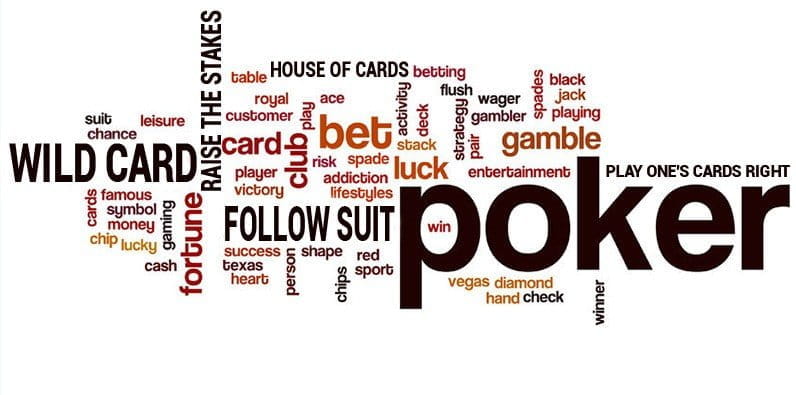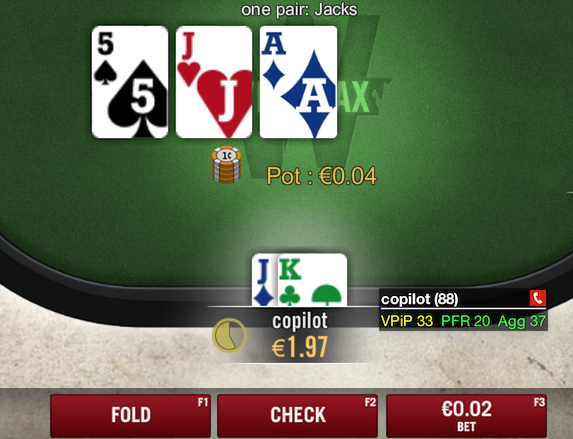Poker Stakes Definition
3/20/2022 admin
Poker Stakes Definition Average ratng: 4,3/5 5820 reviews
- The micro stakes are the micro-limit tables. We talk mostly about micro stakes in games of cash games, but we can use the expression for tournaments as well. Everyone has his own vision of micro-limits, small limits, medium limits and high limits, but let's agree that in games of cash games, micro-limits are the games that will have blinds to 0.
- Table Stakes A rule in a poker game meaning that a player may not go into his pocket for money during a hand. He may only invest the amount of money in front of him into the current pot.
You will learn the exact poker strategies I have used as a 10+ year poker pro to consistently make $1000+ per month in small stakes poker games. Enter your details below and I will send my free poker cheat sheet to your email right now. Poker Terms and Abbreviations Glossary If you're new to poker, listening to more experienced players talk about the game might make you think they're speaking a different language. There are so many poker terms, abbreviations, and even some slang, that it requires some studying (or googling) to truly understand poker talk.
People often ask me what is VPIP in poker. Well here is a simple answer:VPIP is a technical term that we use in modern poker tracking programs such as Pokertracker and Hold'em Manager. It stands for Voluntarily Put $ in Pot. More specifically it means what percentage of hands a poker player plays.
VPIP is probably the most useful stat that I use at the poker tables. In this article I am going to describe how I use the numbers and make decisions with it at the poker tables.
What is VPIP in Poker? - It Tells You About Player Type
Understanding the type of player that you are up against is one of the most important things in poker. This can often dramatically affect my decision making at the tables.
For instance, if I am up against a very tight regular opponent I might be cautious about getting AK all in preflop even in a 6max game.
However, if I am up against a loose aggressive recreational opponent, then this is a slam dunk all in for me with a fist pump included. This is because I very likely have the best hand.
Once you start to get used to using a poker tracking program like Pokertracker 4 for instance, you can setup your HUD (heads up display) and start showing this stat for your opponents at the tables.
Micro Stakes Poker Definition
By the way, for a full breakdown on this I would recommend checking out my how to setup your HUD article. You can also download my own HUD setup for free and start using it yourself right away.VPIP Numbers and Player Type
So let's talk about some concrete numbers now. So when the stats for my opponents start showing up on my screen I will roughly apply player types like this:
- 0-10: very tight
- 11-20: tight
- 21-30: loose
- 31-40: very loose
- 40+: recreational player (fish)
I want to note one important caveat here. It is crucial that you have a sample size of at least 10 hands before drawing any conclusions about the player type.
The reason why is because even an extremely tight player could happen to just pick up a few good hands in a row. Or vice versa, a really loose player could be card dead.
So always make sure that you have a bare minimum of 10 hands on your opponent before making any judgments about them with regards to VPIP.
My Free Poker Cheat Sheet Teaches You How to Make $1000+ Per Month in Low Stakes Games

 Are you struggling to beat low stakes poker games like 2NL, 5NL, 10NL, 25NL online or $1/$2, $2/$5 live?
Are you struggling to beat low stakes poker games like 2NL, 5NL, 10NL, 25NL online or $1/$2, $2/$5 live?Do you want a simple step by step guide to show you exactly how to start winning consistently right now?
That is why I recently wrote this free little 50 page no BS guide to teach you exactly how to start crushing these games right now.
You will learn the exact poker strategies I have used as a 10+ year poker pro to consistently make $1000+ per month in small stakes poker games.
Enter your details below and I will send my free poker cheat sheet to your email right now.
Poker Strategy with VPIP
So now that I know what type of player I am up against this will influence my decisions at the poker table in a number of ways.
1. The Hands That I Play
So first off, the hands that I choose to play preflop will be affected by my opponent's VPIP.
Say it is folded to me on the button for instance. If I see that the two remaining players in the blinds are both 10% or less VPIP, then I will probably try and steal the blinds with any two cards.
Why? Because these players are both extremely tight and I expect to take it down a lot.
However, if I notice that both players are say 35% VPIP (and especially if they are aggressive as well), then I will probably be much more selective with the hands that I play. The reason being that I know I will not take down the blinds uncontested anywhere near as much.
2. Postflop Play
My postflop play will also be heavily affected by my opponent's VPIP. If I am against one of the tighter opponents I will often give them more credit after the flop.
So for instance, if I have 8♦7♦ on a board of:
2♥2♣7♥4♦3♦
I might choose to just check back the turn for instance for a little bit of pot control and deception (and then bet the river). The reason being that I don't expect them to have too many worse hands in their range that will call me on all 3 streets.
Versus a loose opponent though I might choose to just bet all 3 streets because they are much more likely to have a worse made hand or a draw on this board.
Also, it should be noted that loose players are much more likely to be fish or bad poker players. And bad poker players love to call more than anything in the world. Tighter players on the other hand are more likely to make a tough fold.
VPIP Hand Ranges
In terms of actual hands played we can also create a rough breakdown of that depending on the numbers.
- 0-10: Any pair, any premium and most broadways
- 11-20: Any pair, any premium, any broadway, most suited aces and most suited connectors
- 21-30: Any pair, any premium, any broadway, any ace, most kings, any suited connector, any suited one gapper
- 31-40: Any pair, any premium, any broadway, any ace, any king, any connector, any one gapper, any suited two gapper
- 40+: Almost any two cards depending on how high the VPIP is
This is just a very rough guide but hopefully it gives you a better idea of how to put a player on a range of hands according to their VPIP.
Basically, the higher it is, the more hands you need to start adding to their range. Once you get to the very loose players and the recreational opponents (e.g. 30%+ VPIP) it honestly becomes a little bit pointless to even bother constructing a range of hands for them.
The reason why is that they are playing so many hands that it becomes almost impossible to narrow it down properly, at least in the early stages of the hand.
Based on the decisions that they have made throughout the course of the hand though, we can often narrow down their range by the later streets.
For much more on advanced hand reading I recommend checking out The Upswing Poker Lab.
Final Thoughts
VPIP is a very valuable tool that you should be using at the online poker tables. It tells you so much about a player. More than any other stat in fact.
This is because the biggest difference between the various opponents that you will face at the poker tables is how tight or loose they are. The VPIP stat gives you that exact information.
This is especially important in the fast paced multi-tabling world of online poker where it can be difficult to keep track of everybody. Having the numbers right there on your screen makes it much easier to identify the player type.
So make sure that VPIP is a stat in your arsenal at the online poker tables and you will be able to make better informed decisions. And therefore you will ultimately profit and win more!
Lastly, if you want to learn how to start consistently making $1000+ per month in low stakes games, make sure you grab a copy of my free poker cheat sheet.
 How do you use VPIP at the poker tables? Let me know in the comments below.
How do you use VPIP at the poker tables? Let me know in the comments below.